Seven surprisingly ambitious foods you didn't know you could cook in a microwave

What would we do without the microwave? Whether for heating soup, jacket potatoes, last night's dinner or instant porridge, this box-like kitchen appliance has become a vital part of everyday food preparation. And today, it is claimed, marks its 70th anniversary.
Like many of the best inventions, the discovery of the microwave is said to have been a happy accident. It was by-product of WW2 military research, in which scientists were working on ways to use short-wave (or microwave) radiation for radar technology.
In 1946, engineer Dr Percy Lebaron Spencer was working on the magnetron (a vacuum tube designed to generate microwaves) when he realised that the chocolate bar in his pocket had melted. The electromagnetic waves had caused the water, sugar and fat molecules within the chocolate to vibrate and collide; generating heat and thus "cooking" it.
Spencer then proceeded to hold a bag of uncooked corn kernels near the magnetron. Within minutes, popcorn had exploded all over the lab.
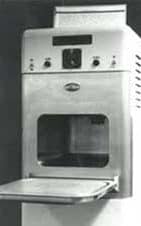
While other scientists had noticed the potential for radiation in cooking in the 1930s, Spencer took it seriously, and filed a patent for the microwave oven in 1946. His company, Raytheon, were responsible for creating the first microwave oven, the RadaRange, which was launched the following year (hence, today being the microwave's 70th birthday).
Standing at nearly 2m tall and weighing 340kgs, the RadaRange was initially intended for aeroplanes and restaurants, as it required a great deal of space and special plumbing to allow the magnetron tubes to cool. It also cost several thousand dollars, making it (and the next available models) unaffordable for homeowners.

By 1967, the first countertop microwave was available: it was much smaller and cost less than $500, making it far more attractive to home cooks. Despite the unfounded concerns about the safety of eating microwave-cooked food, the appliances became increasingly popular in America and the UK, coinciding with and contributing to the rise of convenience food and ready meals.
According to a government survey, 80% of British households own a microwave, and many use it more frequently than the oven - with 50% doing so seven or more times in a week. Research conducted by Panasonic indicates that the majority of British cooks use the microwave for reheating ready meals and leftovers, but it has a myriad of other, somewhat surprising culinary capabilities.
So rather than seeing it as the lazy option, here are seven surprisingly ambitious dishes you can use your microwave for.
1) Bread
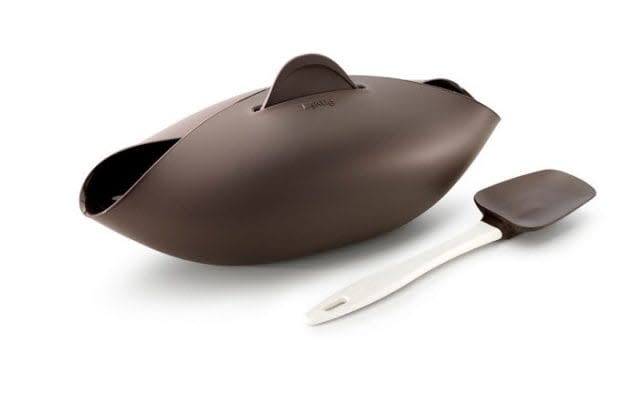
If the use of a microwave for proving dough on Bake Off was bad enough to cause scandal, just think of what Paul Hollywood would say about baking bread in the microwave. The ingredients are more or less the same as conventional bread (though some may include eggs, creating more of a muffin-like texture), there is no kneading required and they cook in about five minutes. You can even buy microwave bread moulds. Although, despite the fast bake time, it's worth being aware that microwave bread can still require several hours of proving (unless, of course, you want to try proving it in the microwave...) and will not have the same texture as oven-baked bread.
2) Steak

If you're in a kitchen without a hob, you need not go without steak. All you need is a microwavable dish to cook your sirloin, minute or ribeye steak in a flash. Recipes differ, with some suggesting that you heat the dish on its own for several minutes in order to recreate the "seared" effect of pan-fried steak and others insisting that you can cook it straight away. What is clear is that the thinner the meat, the better (you don't want a tough outside and undercooked inside) and that it's best to cook on a medium, rather than high heat.
3) Crumble
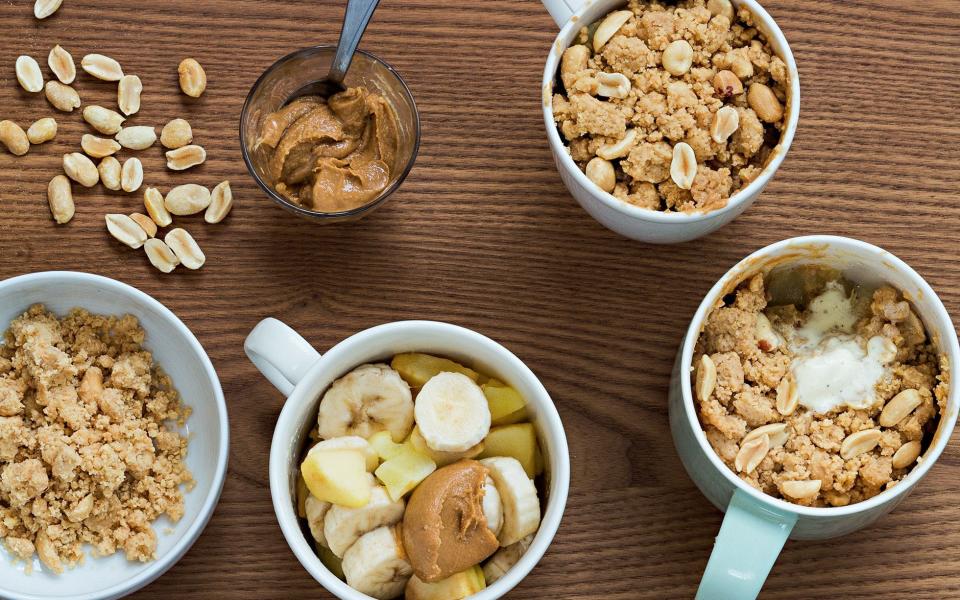
Nothing beats a warming pudding on a cold winter's night, but who has time in the working week to prepare one from scratch? The microwave offers a quick fix with mug crumbles. Cook down your fruit and butter for one minute, and mix your dry ingredients. Top the cooked fruit with the dry ingredients and cook for one minute more for pudding perfection.
4) Casserole

You may associate casseroles with something lovingly baked in an Aga over several hours, but it's possible to recreate in a microwave in a fraction of the time. You can combine all your usual raw ingredients at once (meat, potatoes, vegetables etc) with seasoning and plenty of stock and cook altogether, or add them bit by bit. Either way, it's possible to get a hearty meal on the table in less than an hour.
5) Roast chicken
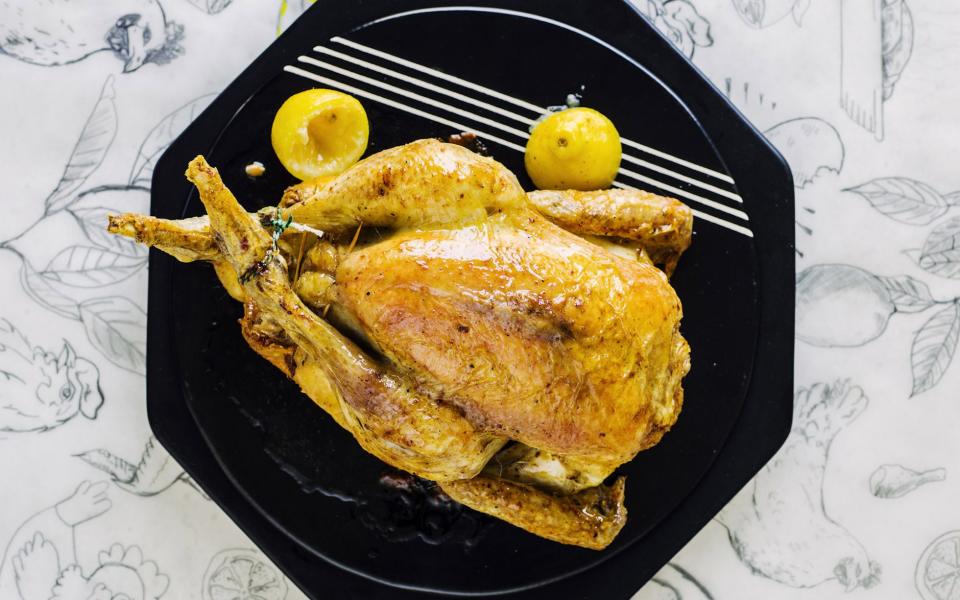
Ever prepared a beautiful Sunday roast only to realise that you've forgotten to turn on the oven? The microwave can provide the solution: you can technically "roast" a chicken in the microwave. Using a microwave steam bag or purpose-built container, season your chicken as usual (adding stock or wine if you'd like) and cook according to instructions until the meat is cooked and juices run clear. Cooking times vary, but it's possible in 30 minutes!
6) Cheese
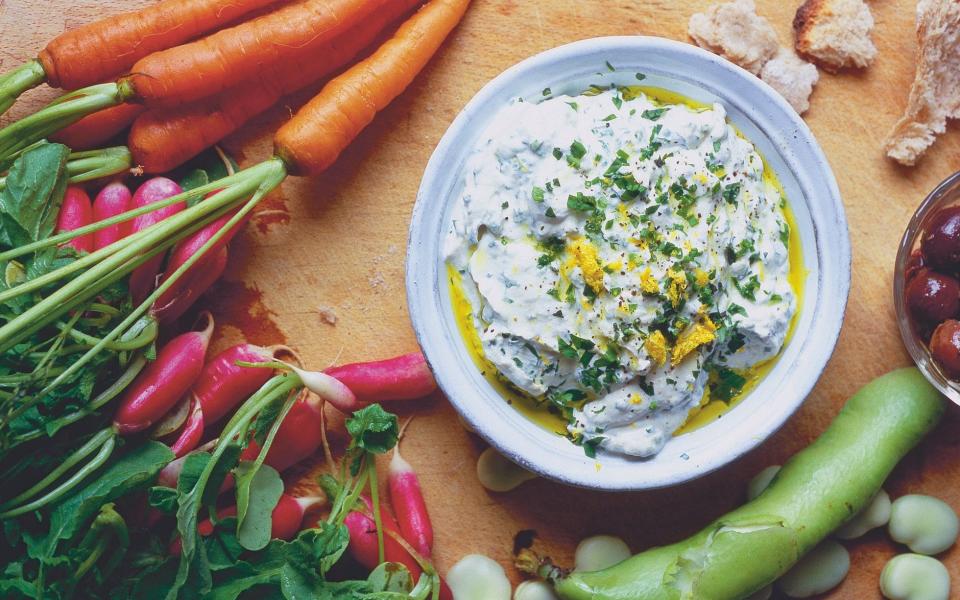
Thought cheese-making was for people in white coats and wellies or just time-rich hipsters? Not so! You can make ricotta or queso fresco in about 10 minutes, using as little as three ingredients. You simply combine milk (and cream, if you like), lemon and salt in a microwave-safe bowl and cook for about five minutes until clumps start to form, and then strain over a bowl. Definitely a dinner-party winner.
7) Jam

Even the WI has acknowledged that it's possible to make scone-worthy jam without requiring a hefty cauldron or fancy thermometer. They suggest combining fruit with an equal quantity of sugar and 2tbsp lemon juice in a microwave proof bowl, before cooking on a high heat for about five minutes. Simply stir and cook again for another 12 minutes. Afternoon tea in no time.

 Yahoo News
Yahoo News 
